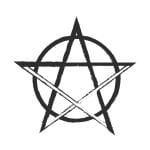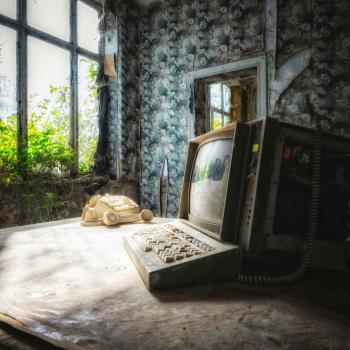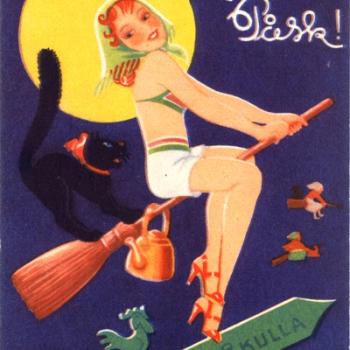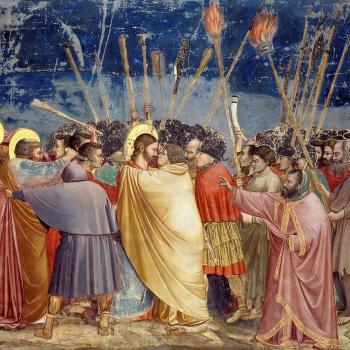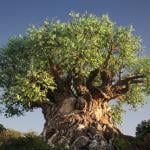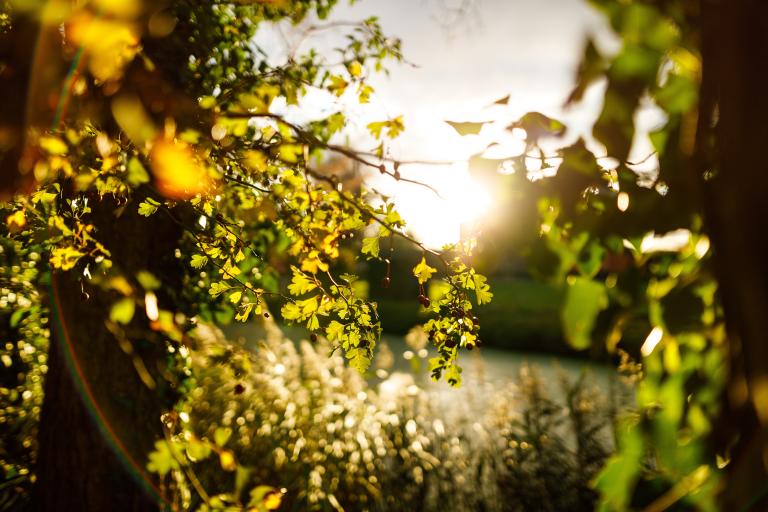
“South wind —heat and produce,
North wind—cold and tempest,
West wind—fish and milk,
East wind—fruit on trees.” (Gregorson Campbell, 1902) [1]
Celtic beliefs of the last century, as found in the Highlands and Islands of Scotland, testify to a belief in the faery folk, weather lore and the winds, or airts, intimately connected in a magical worldview. The Scottish folklorist, John Gregorson Campbell (1836-1891), recalls a faery belief that persisted in the Scottish Highlands of the nineteenth century. Indeed, memoirs pieced together from John’s sister suggest that there was a family belief that his father’s ancestors had been enchanted by a bean shith, or fairy ‘washerwoman’ to “…grow like the rush and wither like the fern.” (Nutt, 1895). With a considered eye to the oral telling of lore and mythology, Gregorson Campbell recorded carefully the words of his informants, parishioners regarded often as superstitious and pagan by Christian ministers. Believing that the testimony of the folk tradition, observed in Gaelic and translated with the lightest editorial hand and comment, should be preserved or else lost to the mist of time, we can be grateful to John Gregorson Campbell for his diligence and keenness.
What is revealed is the relationship of the people to their environment, and the magical worldview which permeated their existence. Such things as were frequently dismissed as ignorant, or else dangerously unchristian, by the kirk authorities and educated men of the area have kept their secret and charm for over an hundred years, retaining the curious custom and belief, as well as the speculative and romantic notions of the scribe.
For the people of these traditions, the seasons were marked by the character of the winds which informed them, telling of the work required of the time, and indicating what lay ahead upon a compass of winds. Indeed, the winds were carefully observed to discern which direction of the compass they hail from, and at what time of the year, presaging the tide and the spirits that may come.

The first week of Summer was, we learn, ‘Whistling Week’, Seachdain na feadaireachd, “…in allusion to the loud, whistling winds, that are apt to occur at the time. It is unlucky during it to proceed with field operations” (Gregorson Campbell, 1902). It is important to note that, according to this Gaelic Highland tradition, the first month of summer is, of course, May and the first day Bealltainn, Beltane.
“If warm May day be swollen [threatening],
And it be dry the third day.
And it be an east wind after that.
There certainly will be fruit on trees.”
(Campbell Gregorson, 1902) [2]
The festival of Beltane, or Bealltainn, as correctly recorded by Gregorson Campbell, has been equated with the Phoenician Baal and Ashtoreth since at least the time of our folklorist, sufficient that he feels inclined to dismiss the association with explanation and, one might say, convincing argument.
There is a want of evidence that the Phoenician Baal, or any deity resembling him, was ever worshipped by the Celts, or that the fires kindled and observances practised on this day [May Day] had any connection with the attributes ascribed to him; while the analogies of the Gaelic language prevent the supposition that “the fire of Baal” could be rendered “Beall-tein’.” (Gregorson Campbell, 1902)
Gregorson Campbell notes that the festival of Bealltainn, May Day, marks the delineation of the border between winter and summer, the cessation of the cold, dark months and the commencement of its inverse. Indeed, in his remarks Gregorson Campbell is at pains to demonstrate the barren land giving way to the fruiting portion of the year. And yet, he states clearly, very cold weather is not unknown as the season turns upon the May. As a point of fact, in Britain, the clear sky and warm sun of the season is married with the brisk, fresh wind and the early morning frost which so often grips the land in a sheet of white as the first light heralds the dawn. This juxtaposition in climate, measured by the character of the wind, is ever typified by the omens and directions of the winds in this tradition.
One of the fascinating pieces we learn from our folklorist is The Avoiding Day of the Year, of which little could be garnered by Gregorson Campbell and is, therefore, lost to history. What little he could discern amongst his researches was that this was said to be the third day of summer. Reflecting a common theme amongst the lore of Traditional Witchcraft, this was the day when “… the fallen angels were expelled from Paradise, and on it people should avoid doing any kind of evil”.
Among the folklore that Gregorson Campbell records, a good amount of detail is given over to witchery, informing us of many of the beliefs and practices of the Highlands as remembered in the nineteenth century. Regarding Beltane, of course, witchcraft abounds and this is a night when witches remain awake, and our scribe believes the intention was saining, a blessing or protective charming to defend livestock form evildoing, or else they’re out and about stealing butter and milk themselves.
Another Beltane belief that Gregorson Campbell records is the omens associated with the day upon which the festival falls. If the first day of summer happens upon a Thursday, “…many a woman will be without an infant son…” while it is observed in another saying, “Woe to the mother of a wizard’s son when Beltane falls on a Thursday“, betraying that Jupiter’s day was ominous for May Day. Furthermore, Gregorson Campbell reflects that this belief had its counter in the Samhain day falling upon a Wednesday, the day of Mercury or Woden.
In addition to change of shape, witches had a machinery of charms, incantations, red, black, and blue threads, magic caps, and particularly a magic staff, called ‘an luirgean’ ‘an lorg ohn.’ (Gregorson Campbell, 1902)
Rather curiously, it is in Gregorson Campbell’s Witchcraft and Second Sight in the Highlands and Islands of Scotland that we learn of the Gaelic name for the witch’s staff, commonly known today in Traditional Witchcraft as a ‘stang’. In closer inspection, the Gaelic reveals some tantalising clues and suggestions. For example, luirgean, according to Dictionaries Scoto-Celticum: A Dictionary of the Gaelic Languge, from 1828, refers to a shank, shin or leg, a shaft or the hind leg of a horse, a haft or handle and the stalk of a plant. Each of these has pertinent meaning in Traditional Witchcraft. For example, Robert Cochrane (1931-1966), and his successors, make reference to the stang in relation to the horse as a steed for riding, perhaps sleipnir, Odin’s eight-legged horse. In addition, another meaning indicates a contemptuous term for an ill-formed leg, evocative of the lame smith god also found in Traditional Witchcraft and best exemplified as Tubal Cain. The same dictionary source, when looking up the term an lorg ohn, similarly yields interesting results. For example, lorg, means a staff or baculus, a staff rod which conveys authority to its bearer (such as the pastoral staff of a Bishop). Further meanings of lorg indicate a path or track.
Beltane is marked by many modern pagans and witches as one of the high points of the year. From the folklore tradition, much of this custom has its place in the observances of simple folk, for whom the wind foretold the character of the time and tide, the jobs to be done and the things to avoid. However we celebrate Beltane, raise a toast to the memory of those ancestors who served the cold winter ground and who rejoiced at the onset of summer.
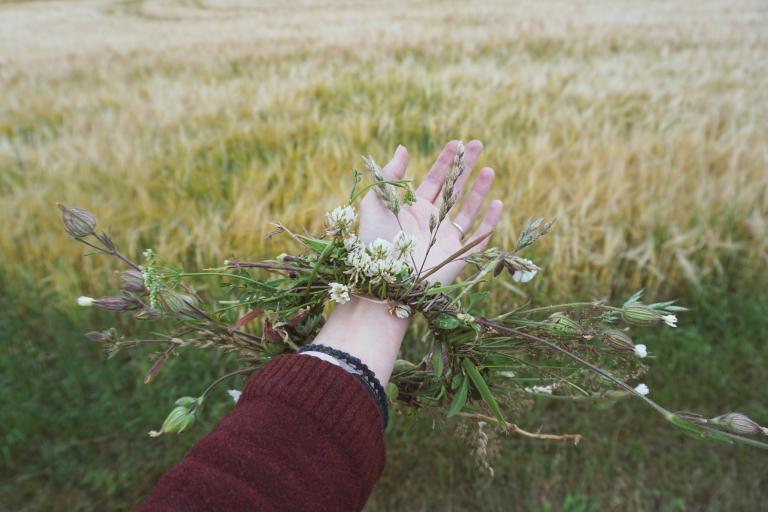
Footnotes
[1] Gaoth deas, teas is toradhGaoth tuath, fuachd is gaillionn,
Gaoth ‘n iar, iasg is bainne,
Gaoth ‘n ear, meas air chrannaibh.
[2]Mas a bailc Bhealltainn bhlàth,
Mas a turadh an treas là, ‘
S mas a gaoth an ear a rithis,
‘S cinnteach gum bi meas air chrannaibh.
Bibliography
Campbell, John Gregorson (1902). Witchcraft and Second Sight in the Highlands and Islands of Scotland. AlbaCraft Publishing.
Nutt, Alfred (1895). Clan Traditions and Popular Tales of the Western Highlands and Islands. Nutt



